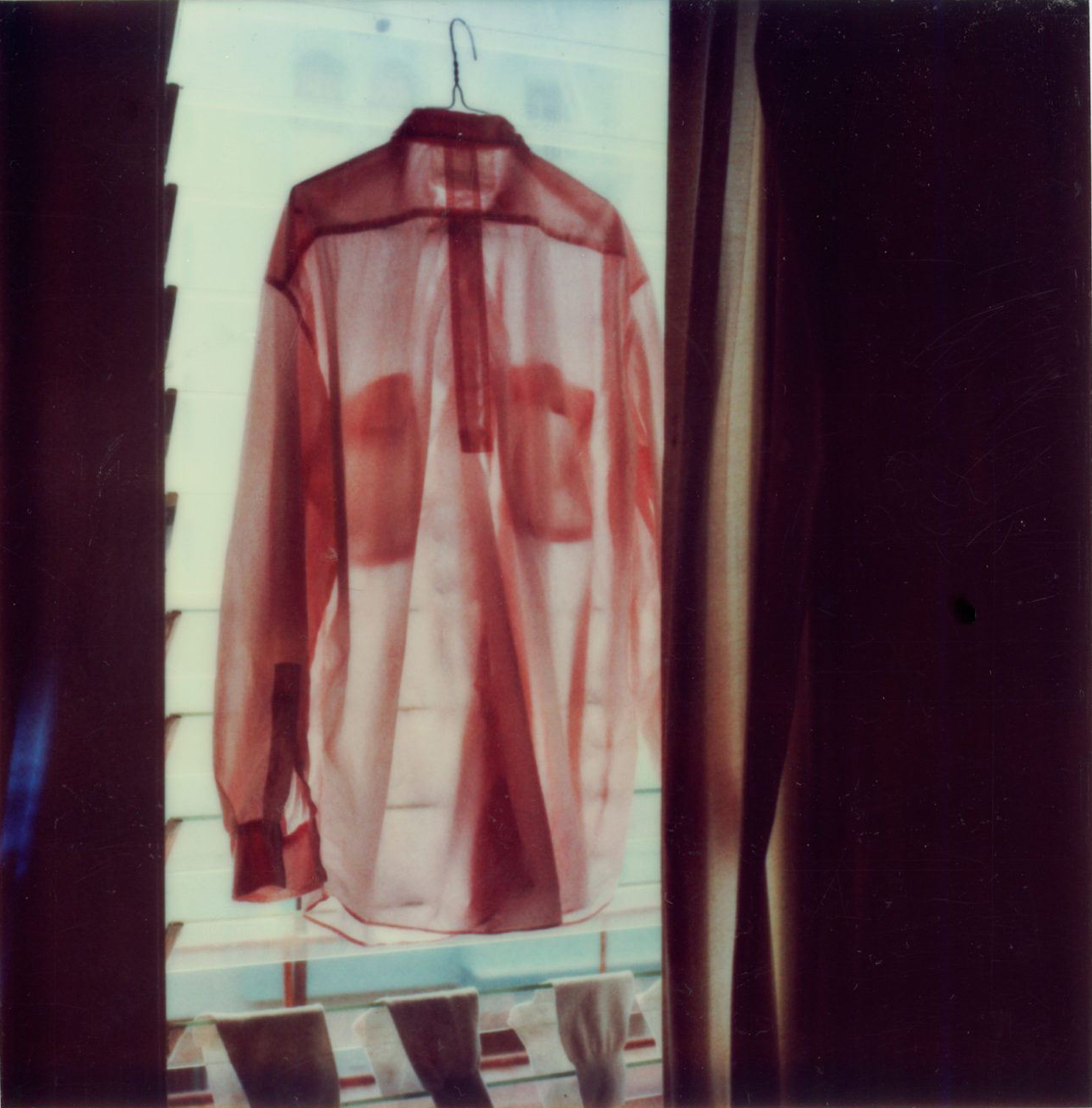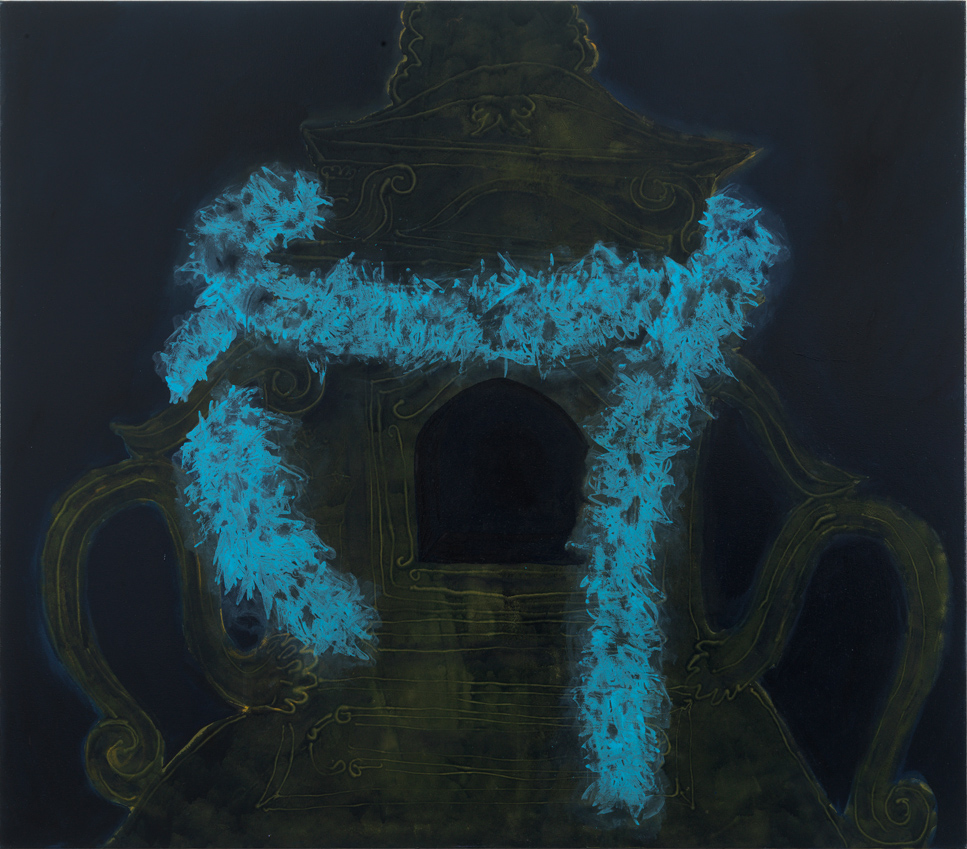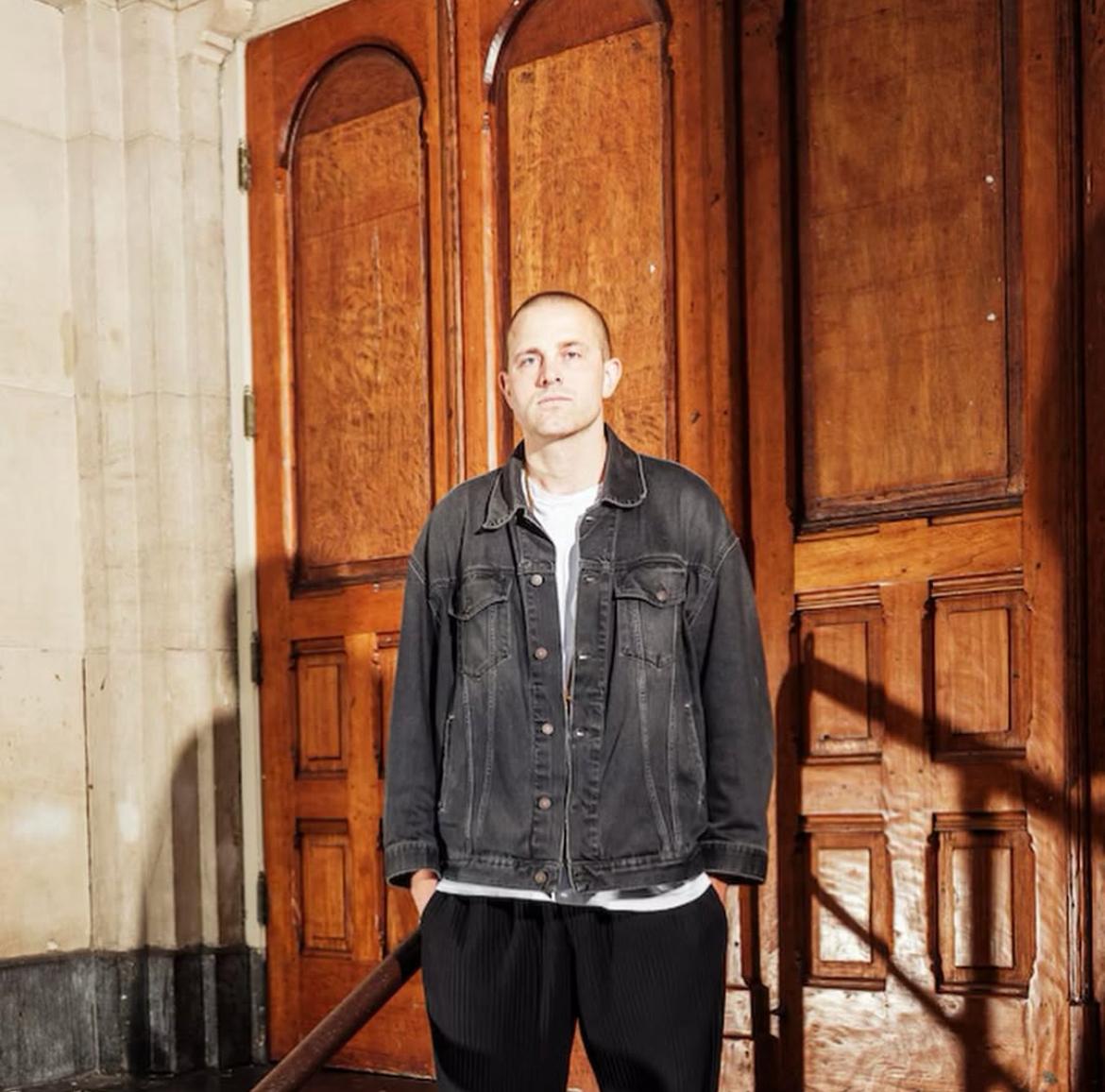Annet Gelink Gallery is pleased to invite you on Friday 7 November between 18:00 and 20:00 to the opening of Paintings and Polaroids – A Chair, A Clock, A Shirt, A Car, a group exhibition in the gallery’s main space that takes its departure from a group of Polaroids made by Robby Müller in Los Angeles in the 1980s. Through the works of Leo Arnold, Carla Klein, and Rinella Alfonso, the exhibition unfolds into a broader conversation between photography and painting, the instant and the lingering, the real and the reproduction.
Robby Müller’s Polaroids speak in the language of immediacy — moments of suspension where natural and artificial light meet, images that finish developing in the palm of the artist’s hand. Each photograph is at once a document of a specific time and place, and a space of projection, open and anonymous, where the viewer’s own memory and perception can take root. Scenes of windows, roads, and interiors suggest not narrative but attention, recording not events but the act of looking itself, shaped by the passing of light through surfaces and spaces.
Across the gallery, painting becomes both an echo and a counterpoint to Müller’s instant medium. Leo Arnold’s works seem to hold a complete experience in a single glance, as if painted in the speed of seeing. Yet their painted surfaces reveal time as stretched and layered. Arnold’s images hover between stillness and motion, like a clock that eternally reads 11:05 yet seems always on the verge of the minute that will inevitably follow.
In Carla Klein’s paintings, the dialogue between photography and painting becomes explicit. While she takes photography as her starting point, her works begin not from a digital image, but from its print — marks of ink, faint errors of developing, all become the ground from which her painting emerges. The result is not a translation of photography into paint but an exposure of the material and temporal distance between them. In her work, the mechanical and the handmade, the original and the reproduction, and the physical and the abstract become inseparable, creating liminal, even eerie scenes.
Throughout the exhibition, the works carry traces of lived spaces. Chairs, clocks, shirts, and cars appear as stand-ins for human presence, objects marked by use, yet defined by absence. Rooted in histories and sensibilities of Curaçao and the Caribbean, Rinella Alfonso’s paintings trace the space where the material world meets the symbolic. Her compositions speak of the ways objects absorb human histories, coming to hold layers of belief, memory, and identity. In her hands, the ordinary becomes a vessel for spiritual and cultural resonance, existing somewhere between reality and imagination.
Together, the works seem less concerned with depicting reality than with conveying the fleeting sensation of being within it. They linger in suspension, inviting the viewer to inhabit the gaps left by unseen subjects, the passage of time, and light as it is constantly reflected, absorbed, and diffused — moments always caught between what is captured, and what escapes.




